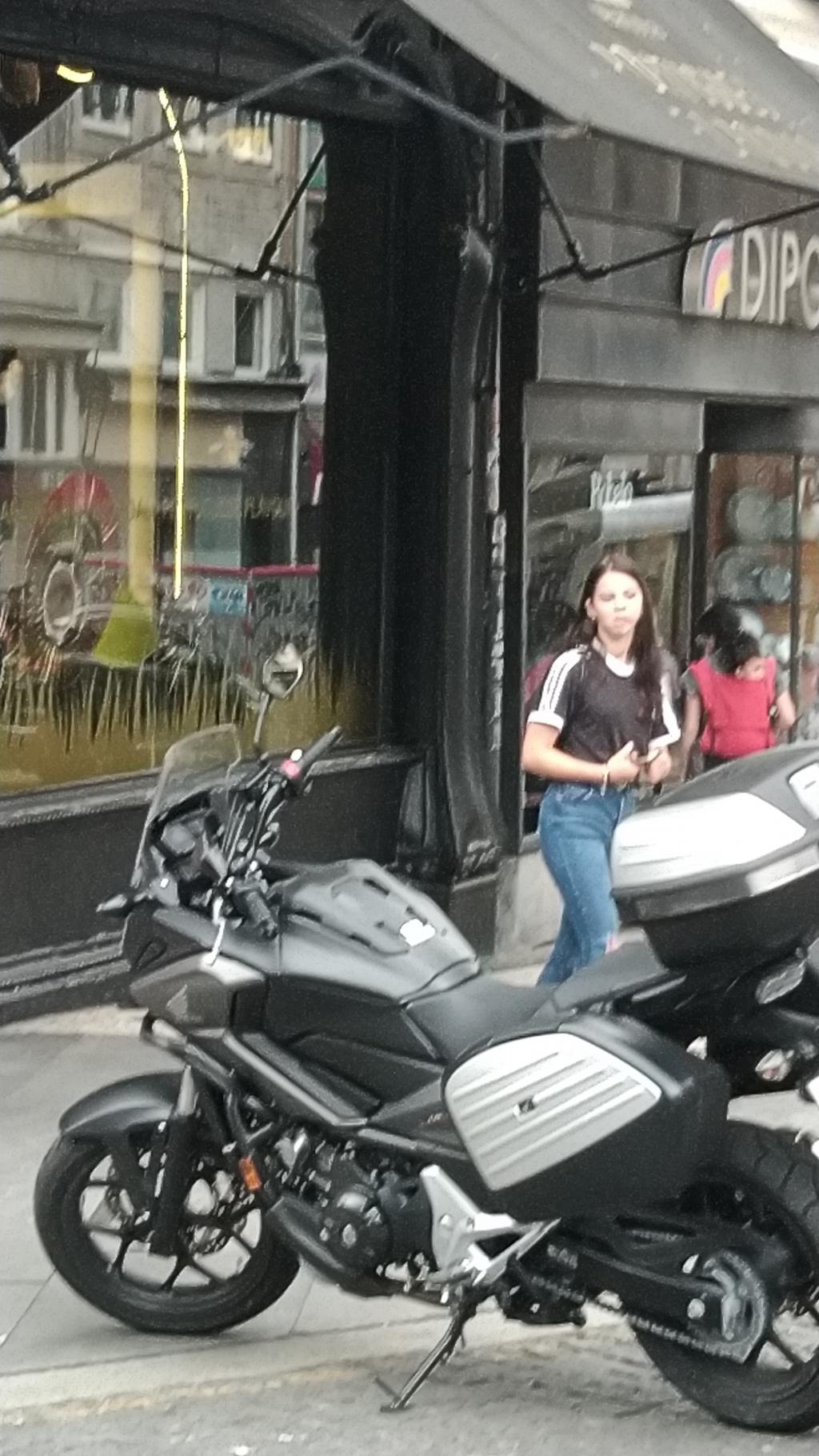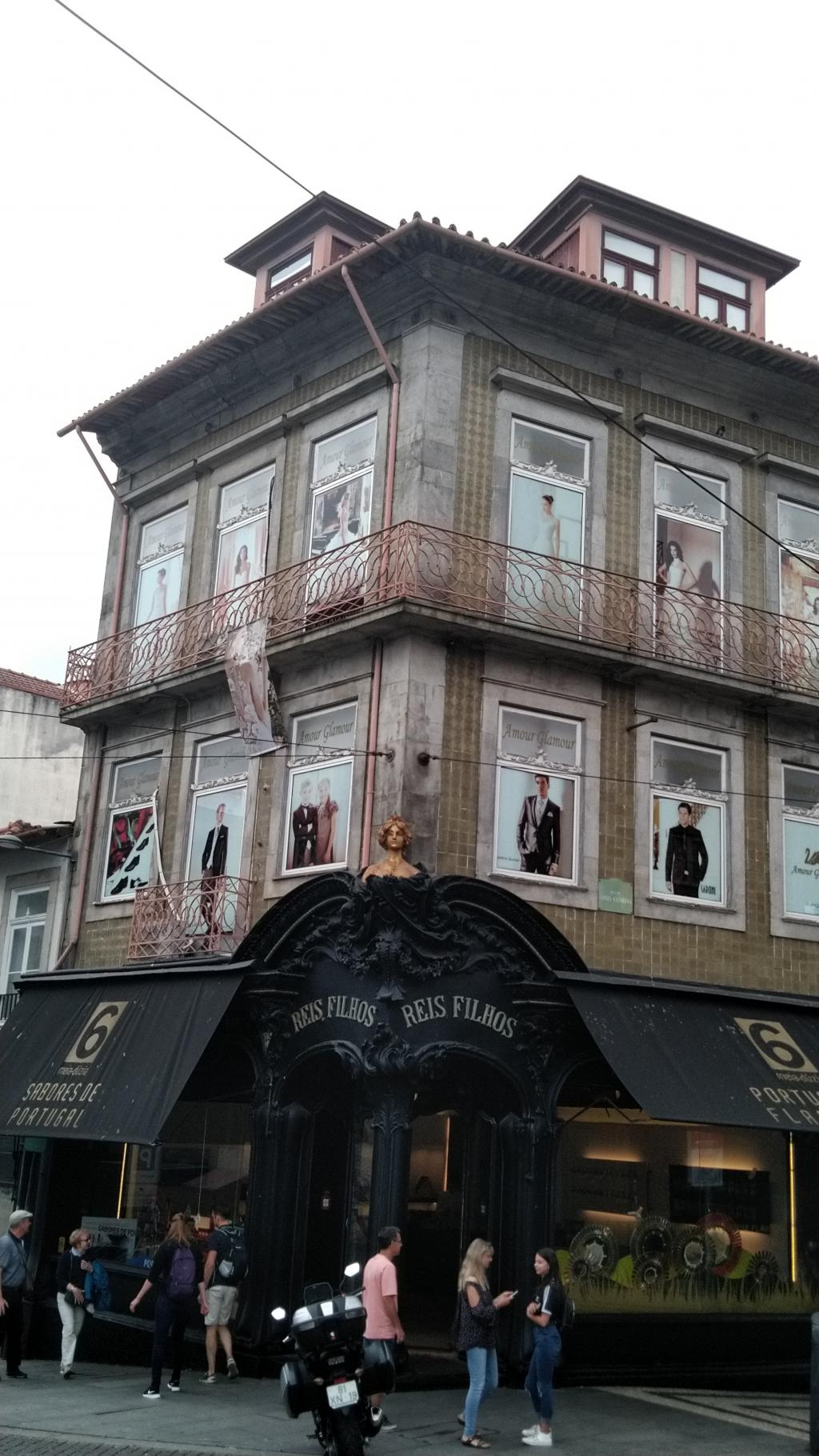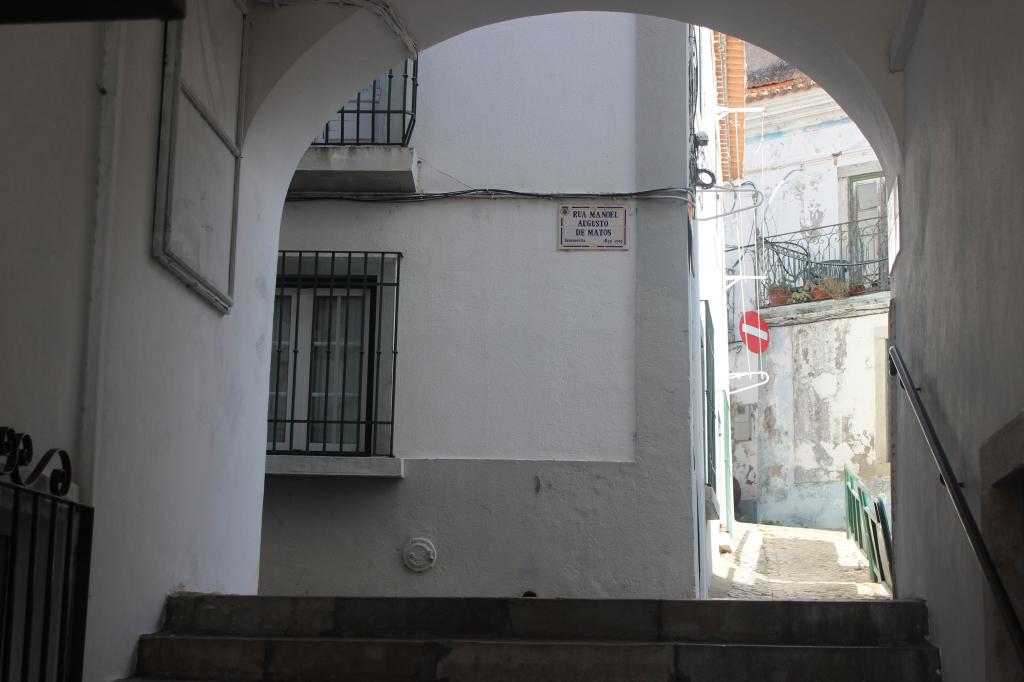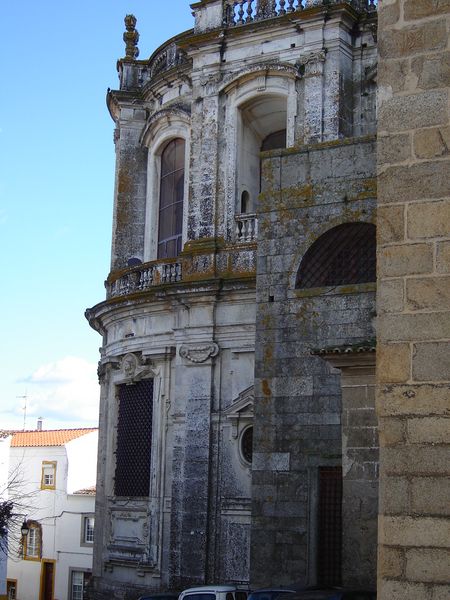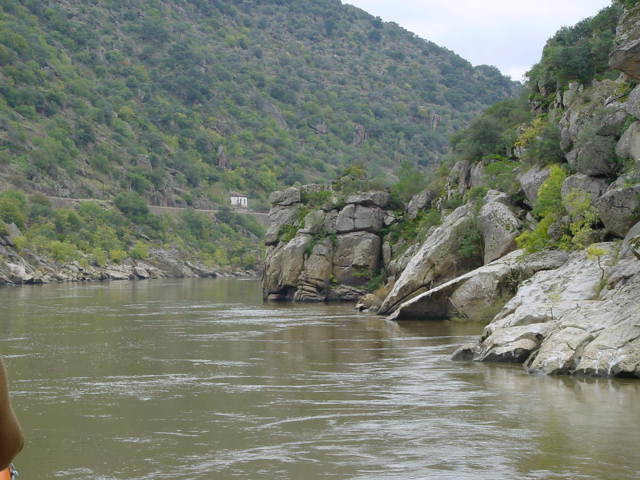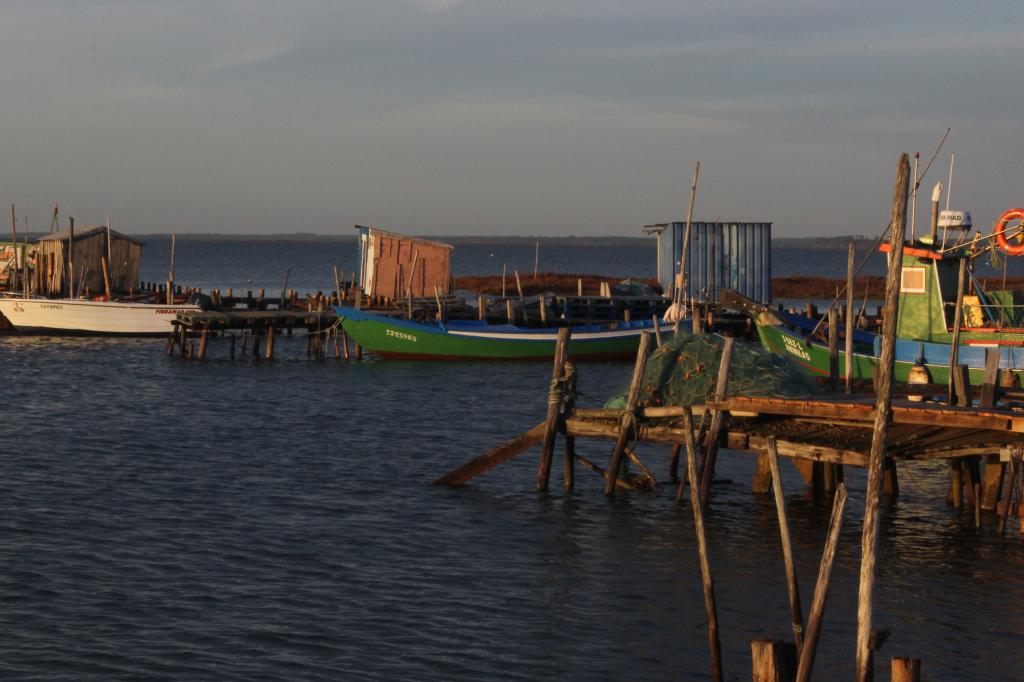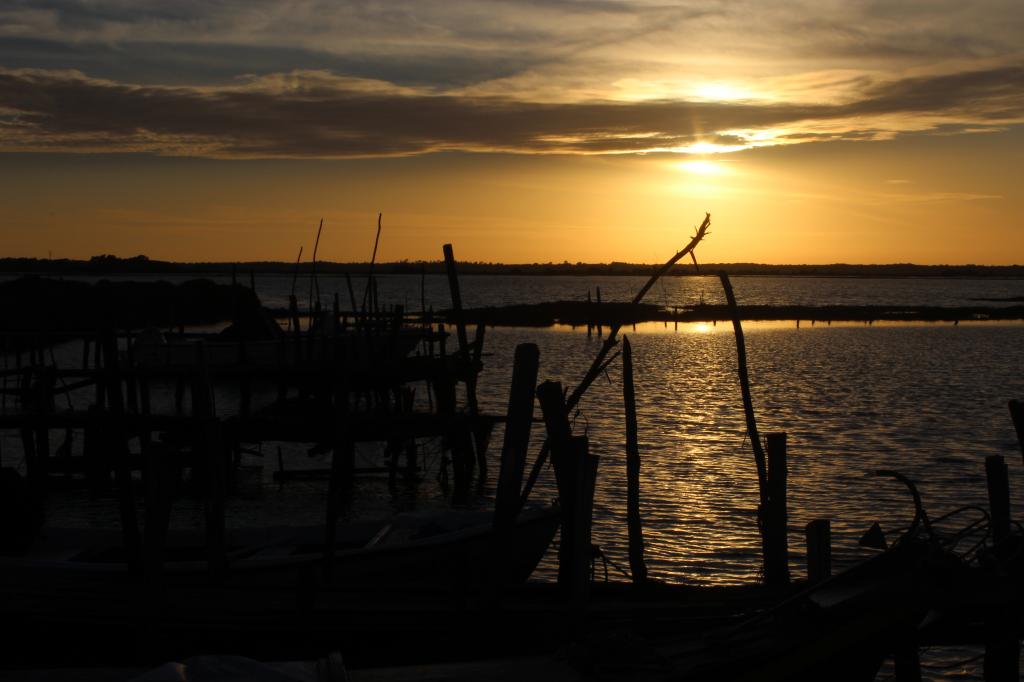Wonders of Portugal - 6 / 5 Days - 5 Nights
- Self Guided Tour - Personal Bike
Description
Our tours are subject to confirmation, within the current situation.
An unforgivable failure for any traveller is to believe that magic can only be found in the most remote places. You don’t have any excuses, we propose various tours by road. There’s only one condition: don’t hurry and don’t ever hesitate.
The climate in Portugal varies considerably from one region to another and is influenced by the relief, latitude and proximity to the sea, which offers mild winters, especially in the Algarve.
In the Porto e Norte area and Beiras region, particularly inland, nearer Spain, the winters are colder, although the temperatures are still mild when compared to the rest of Europe. There is some snowfall. It occurs most in the Serra da Estrela mountains, where we find the highest point in mainland Portugal (1,991 m)
It is widely suggested that the Southern coast of the Algarve is much more touristy than the Vicentina Coast which stretches north from Cape São Vicente to Alentejo. However, you must discover both coastlines, each with its peculiar charms, and even better, experience the seamless transition between Barlavento’s and Amoreira beach, hugging the Monchique Mountain.
This tour gives a little from Portugal
Our tours | Subject to confirmation
Scheduled according request. Pick you up and Drop
Local guide will pick you up at your hotel, airport or other meeting point.
Personalized Transport in a Luxury Mercedes or Similar vehicleOur tours:
Included:
6 Night Single Room w / BB included
3 Dinner w Drinks included ( Place on confirmation )
1 Wine Tasting
24 Hrs Support | Road assistance
Transfer from / to Faro Airport to ( up to 35 Kms )
Note : Extra Person / Suplement
Doble Room w / BB Included : Subject to confirmation & On Request
Insurance - Please confirm the # Insurance Terms and Conditions #
Customer insurance
The insurance policy in force for this tour:
See conditions / for more information
Make it Private : Inquire your private tour date for you and your friends
Not Included:
Lunches | Drinks | Flights | Personal Expenses | Fuel | Parking | Toll
REQUIREMENTS | ask for more information before the reservations
Identity card or passport
The information may change without notice.
All conditions are confirmed in the process of confirming reservations.
All taxes ( VAT included 23 % )
The price are : Euros | Program valid from : 01 Fev 2024 till 31 Oct 2024
Depart From
Algarve
Lisbon | Faro | Porto Airport
Schedule
-
Day - 1
City of Lisbon
Arrival to Lisbon ’s airport. Reception at the airport and transfer to your hotel in Lisbon or surrounding areas. Dinner and overnight in Lisbon or surrounding areas.
On the right bank of the broad Tagus river estuary, the capital of Portugal graciously reclines over rolling hills. This is a spectacular geographical location and does much to explain the cosmopolitan history of the city. Its exceptional natural light, which has long inspired writers, photographs and filmmakers, the brightly coloured buildings straddling the slopes, the striking ochre of the roofs, the tiling on so many facades and the narrow twisting alleys of the medieval districts bestow Lisbon with the peculiar atmosphere of a city perched somewhere between the European north and the Mediterranean south.
Throughout millennia, the superb natural harbour of the Tagus was used by traders and seafarers. Lisbon's long history begins under the Phoenicians as Alis-Ubbo, before becoming the Roman settlement of Felicita Julia Olisipo in the second century.
With the arrival of the Moors from the 8th century, it was renamed Aschbouna. The city fell to the Portuguese in 1147, when conquered by the first king of Portugal, Afonso Henriques. It became the national capital in 1255.
Wandering its distinctive neighbourhoods, taking the tram through historic neighbourhoods, riding the century-old lifts up and down the steep slopes, taking a boat ride on the Tagus, or even jumping on the metro, itself a veritable underground museum of contemporary Portuguese art, there are so many means to discover the great diversity and cultural depth that Lisbon has to offer.
Overnight in Lisbon or surrounding areas.
-
Day - 2
Estoril/Cascais / Cabo da Roca / Sintra/ Fátima or surrounding areas
Departure to Estoril and Cascais, representation of Lisbon’s Riviera over Tagus estuary, with its old Cascais port and the sunny cafés overlooking the ocean. Stop in Cabo da Roca, the most western point of Europe with its famous lighthouse. Continuation towards Sintra, with its lush natural park and fairy tale palaces. Guided visit to the National Palace in the old centre of Sintra, known for its giant chimneys. Lunch during the day.
Dinner and overnight in Fátima or surrounding areas.
Cascais
Situated close to the sea and traditionally a fishing village, Cascais enjoyed an important period of development in the 14th century, when it was a major stopping off point for boats on their way to Lisbon, turning it into a very busy port at that time.
It was, however, in the second half of the 19th century, when sea bathing became a popular activity, that Cascais was given the impetus that transformed it into a very fashionable summer resort. The great driving force behind this transformation was the king of Portugal, Dom Luís I, who, in 1870, converted the Fortaleza da Cidadela into the summer residence of the Portuguese monarchy. The king's example was immediately copied by the nobility, who built palaces and extremely beautiful villas in the town, where they spent the hottest season of the year, completely transforming the appearance of the former fishing village.
Cabo da Roca
If you go to Sintra, don’t miss the chance to visit the westernmost point of mainland Europe, Cabo da Roca.Located at latitude 38º 47´north and longitude 9º 30´west, Cabo da Roca is an important coordinate for those sailing along the coast, as it is the most westerly point of mainland Europe, a fact borne out by the certificates that visitors take away as a souvenir. Around 150 metres above the sea, here you can have a panoramic view over the Serra de Sintra and the coast, which makes it worth the visit.
Historical records indicate that there was a fort on Cabo da Roca in the 17th century that played an important part in guarding the entrance to Lisbon’s harbour, forming a defensive line along the coast, especially during the Peninsular Wars. Today there are only traces, as well as the lighthouse which is still an important point for navigation.
It lies within the Parque Natural de Sintra-Cascais and is one of the points of interest on the walking trails that can be followed here, along the coast.
Sintra
A beautiful town at the foot of the mountain range of the same name, its unique characteristics have led UNESCO to classify it as a World heritage site. It was even necessary to create a special category for the purpose - that of "cultural landscape" - taking into account its natural riches as well as the historic buildings in the town and mountains. Endowed with luxuriant vegetation, the mountains are part of the Sintra-Cascais Natural Park.
From early times Sintra has been the place of choice for the settlement of various peoples who have passed through the Iberian Peninsula and left traces of their presence, which are now displayed in the Archaeological Museum of Odrinhas, in the outskirts of the town.
In the 12th century, Dom Afonso Henriques, the first King of Portugal, captured the Moorish Castle, and his successors later built their holiday residence. Their physiognomy is marked by the two enormous conical chimneys built in the Middle Ages
-
Day - 3
Fátima / Batalha / Nazaré / Marinha Grande/ Porto
We start the day with a visit of the famous Basilica and Fatima sanctuary, one of the most well known in the world. Continuation towards Batalha to visit its monastery, built to celebrate the battle of Aljubarrota, which gave Portugal its independence. Departure to the lovely fisherman village of Nazaré, crowned by Sítios’ headland, connecting downtown by a funicular. Here you will be able to see the fisherman’s’ wives selling fresh fish and souvenirs. We continue to Marinha Grande to discover the art of glass making so famous in this region. Return to Fátima and visit the Museum of Olive oil (Museu do Azeite) where you learn about the production of this regional product. Lunch during the day.
Dinner and overnight in Porto or surrounding areas.
Fátima
With its origins deep in history, it was during the Arabian occupation that this settlement developed and was named. According to legend, during the Christian Reconquest, the Templar knight Gonçalo Hermingues, also known as Bringer-of-Moors, fell in love with Fátima, a Moor captured in the course of an ambush. Reciprocating the love, the young woman converted to Christianity and adopted the name Oureana.
Batalha
The town of Batalha developed alongside the Monastery of Santa Maria de Vitória, constructed in 1386 to keep a vow by Portuguese King Dom João I to the Virgin Mary that he would build it if Portugal defeated Castile at the Battle of Aljubarrota on 14th August 1385. Extravagant celebrations commemorating this victory are held next to the monastery in August of every year
Nazaré
A typical fishing town, Nazaré is nowadays a busy summer resort, where side by side with the crowds of tourists, one still sees all over the streets of the town the fish-sellers, and the carapaus (horse mackerel) laid out to dry. The Sítio district, at the town's highest point (accessible by a funicular), is without doubt the best viewpoint in the area. But it is also associated with the cult of Our Lady of Nazaré who, according to the 12th century legend, was invoked by the alcaide (commander of a fortress or castle) Dom Fuas Roupinho who, while stalking a deer, was about to fall down into an abyss with no possible salvation. As a sign of gratitude for the mercy he received, Dom Fuas Roupinho ordered a small chapel to be built - the Ermida de Memória.
Marinha Grande
The history of Marinha Grande is closely linked to the 11,500 hectares of the Pinhal de Leiria, also known as Pinhal do Rei (the King's Pine-Forest). This forest of maritime pine-trees was planted in the 13th century by D. Afonso III and later enlarged by his son D. Dinis.
Initially intended to hold back the coastal sand which was beginning to invade the fields where crops were planted, the forest gradually began to supply the wood needed for building the carracks and caravels used in the Portuguese maritime discoveries. Together, both the pine-forest and the sands of the Atlantic beaches were fundamental in establishing the region's crucial position within Portugal's metallurgical and glass industries.
-
Day - 4
Porto / Peso da Regua / Lamego
Departure to Porto and discover the old town, with a panoramic visit. Saint Francis church (outside), stop in front of the Palace of Bolsa, and Clérigos Tower. Walking tour in Ribeira to admire the “Rabelos” boats. Continuation towards Gondomar, the capital of filigree, to learn about this traditional craft.
Overnight in Peso da Regua / Lamego or surrounding areas.
Porto
Whatever it is, it certainly has to do with its people, known to be generous and easy-going, as well as the River Douro and its heritage on both banks, with its bridges and monuments, the tiles, the flowering balconies and the shopping streets. The historic centre of Porto and the River Douro on the Gaia side, where the Port Wine lodges are located, are classified as World Heritage.
From S. Bento Station, with its atrium lined with tiles, is an ideal starting point. Just ahead is the Cathedral, not to be missed, whose precinct offers the first view of the river, the cascading houses and the opposite bank. From there you descend by steps and mediaeval streets to Ribeira, with its café terraces and picturesque corners. It's worth staying a little to get a flavour of the atmosphere and take in the river with the D. Luís Bridge and the opposite bank, before going on a cruise under Porto’s six bridges. Once you’ve seen the outline of the cascading houses and church towers, you will want to see the gilt interior of the Church of S. Francisco. Nearby, you can see more tile-fronted churches and monuments, and visit the Palácio da Bolsa (former Stock Exchange palace)
There‘s still a visit to be made to the south bank of the river to go to a Port Wine lodge and taste some Port in its unique setting. From Ribeira, cross the D. Luís foot bridge and you’ll see them. One of the most beautiful views over Porto can be had from Gaia. And you can also take the chairlift, which follows this side of the river.
Starting in the discovery the " Wonderful Douro "
Like the landscape of Douro, the heritage of the world's first demarcated region is also a mosaic of contrasts. Along with modest chapels, you can see wide churches and grand monasteries.
Considered world heritage by UNESCO, it is in the Alto Douro Wine Region where the famous Port Wine is produced, internationally known for its quality and flavour. In this region - the first demarcated in the world - the secular vineyard tradition produced a cultural landscape of remarkable beauty. Go on a boat trip on the Douro River, discover the region's farms and lose yourself in the pleasures of a glass of Port wine.
The Tua Valley is part of the Upper Douro Wine Region and geography drawn by the magnificent river providing a unique experience. This territory, which extends from the river Pinhão valley to the eastern boundary of Carrazeda de Ansiães, offers a landscape that soothes the senses and makes us contemplate.
Régua
Here are three sound destinations of the Douro, through which the train passes: Régua, Pinhão and Tua. They are part of a wine region where it grows one of the most appreciated wines in the world: The Port Wine. This magnificent nectar, which will even serve as a toast on board, has allocated to it about 32 thousand hectares since the Roman occupation, regulated in the year of 1756 as Demarcated Douro Region.
The Wines produced in the north of Portugal
The north of Portugal produces exceptionally good wines that match a fine and diversified cuisine. If Port wine is considered world famous, the Vinho Verde and DOC Douro are the best kept secrets of the region. Taste also the Douro Moscatel fortified wine and the sparkling wine from Távora-Varosa.
Port wines can be red, white and rosé, reds being divided into the following categories:
Ruby wines have a fruity aroma and the strength of younger wines. They are classed as Ruby, Reserve, Late Bottled Vintage (LBV) and Vintage, and can be stored because they age well in the bottle.
Lamego
Head south, across the river Douro. In Lamego, visit the monumental Cathedral. Inside, watch the beautiful painted ceilings by Nicolau Nasoni. Climb to the church of Santa Maria de Almocave, opposite the Episcopal Palace of the Diocese of Lamego, and step on the floor where for the first time the courts of the kingdom of Portugal gathered.
Also in Lamego, it is worth visiting the Chapel of São Pedro de Balsemão - a rare copy of the architecture in medieval Portugal that hides a magnificent estate - and the Convent of Santo António Ferreirim. Within is the Manueline-Renaissance retable observe all of the principle of the sixteenth century, the authorship of so-called Masters of Ferreirim, and the medieval tower.
Overnight Lamego
-
Day - 5
Coimbra / Aveiro /or surrounding.
Walking tour in the city of arts and literature, dominating the Mondego Valley. This city, known by its university, one of the oldest in Europe. Stop in the botanical garden. Continuation towards Aveiro, the Portuguese Venice. Tour of the town, not forgetting the famous Wtrain station decorated with its typical “Azulejos” (Faiences). Taste of a traditional local pastry: “ovos moles”. The day continues in Costa Nova to admire its ex-libris: “Palheiros” (wooden houses made from vertical planks, used in the old days for storing fishing material and are now transformed into summer housing). Lunch during the day.
Dinner and overnight or surrounding areas.
Coimbra
Long ago, this site was occupied by the Celts, but the process of Romanisation brought a great cultural transformation to this region. The presence of the Romans is still visible in the various archaeological remains housed at the Museu Nacional Machado de Castro, built over the cryptoporticus of the Civita Aeminium, the forum of the Roman city. After them, between 586 and 640, came the Visigoths, who altered the name of the town to Emínio. In 711, it became a Moorish and Mozarab city. In 1064, the city was conquered by the Christian Fernando I of Castile and governed by the Mozarab Sesnando.
The most important city to the south of the River Douro, it was for some time the residence of the Count Dom Henrique and Dona Teresa, the parents of the first king of Portugal, Dom Afonso Henriques, who was born here. It was the latter king who integrated the city into the Portuguese territory in 1131. Dating from this time are some of the city´s most important monuments: the Sé Velha (Old Cathedral) and the churches of São Tiago, São Salvador and Santa Cruz, representing the religious authority and the various orders that became established here.
Aveiro
The capital of the Ria, a vast lagoon where the freshwater of the River Vouga joins with the sea, Aveiro is intersected by canals, genuine streets of water, along which can be seen gliding the brightly coloured boats known as barcos moliceiros. Originally founded in the time of the Roman Emperor Marcus Aurelius, Aveiro is now one of the most interesting cities on the Portuguese coast.
Due to the large numbers of web-footed birds that once inhabited this lagoon area, the city's first name was Aviarium. D. João I (r. 1383-1433) gave Aveiro to his son, Prince Pedro, who ordered the city's first walls to be built, although these have since disappeared. Later, D. João II (r. 1481-1495), gave the city to his sister, Princess Joana, a lay sister at the Convento de Jesus, which now houses the Museu de Aveiro.
In the 16th century, the development of the salt industry, agriculture and fishing and the first cod-fishing expeditions to the distant Newfoundland in 1501 brought Aveiro a period of great prosperity, which led to its being awarded a charter by D. Manuel I in 1515.
Luso
The old settlement of Luso is a welcoming small town of great character. Its excellent conditions and extremely pure waters make Luso one of the most important Portuguese spas.
Nearby are the enchanting hills of Buçaco, where you can appreciate the delights of nature in all their glory and the city of Coimbra, one of the oldest university cities in Europe, with centuries-old academic traditions remaining intact.
-
Day - 6
Tomar / Óbidos / or surrounding areas
Departure towards Tomar and visit the Convent of Christ, world heritage. Continuation to the medieval village of Óbidos and walking tour around its streets, with beautiful white houses and colourful flower beds. Taste of the traditional liquor ginjinha made from Morello cherries.
Overnight in Coimbra or surrounding areas
Tomar
The development of Tomar is closely linked to the Order of the Templars, which received these lands in 1159 as a reward for the assistance they gave Dom Afonso Henriques (the First King of Portugal) in the Christian reconquest of the territory.
It was Dom Gualdim Pais, the first Grand Master of the Order in Portugal, who founded the castle and the remarkable Convent of Christ inside. Enlarged and altered over the centuries, this retains the influences of various architectural styles; it is the centrepiece of the city and classified as a World Heritage site by UNESCO.
Tomar, known as the city of the Templars, reveals other traces of their influence, particularly the Sete Montes Park, where traditionally rites of initiation are said to have taken place, and the Church of Santa Maria do Olival, founded by the Templars in the 12th century and containing the tombs of various Masters of the Order.
The mediaeval town of Óbidos is one of the most picturesque and well preserved in Portugal.
Quite close to the capital and located on high ground near the Atlantic coast, Óbidos has had a strategic importance in the territory. It had already been settled prior to the Romans’ arrival in the Iberian Peninsula, and the town prospered after being chosen by the royal family. King Dinis offered it to his wife, Queen Isabel, in the 13th century, and it became part of Casa das Rainhas (Queens’ Estate), who improved and enriched it throughout the various dynasties. This is one of the main reasons for the high concentration of churches in this small place.
-
Day - 7
Lisbon
Getting to know Lisbon. Discover the neighbourhood of Belém (panoramic): Belem’s Tower, the discoveries monument and the majestic Church of Geronimo’s. Degustation of a typical pastry -Pastel de Nata. Walking tour in the medieval neighbourhood of Alfama with its narrow and wavy streets. Passage by “Baixa Pombalina”, neighbourhood reconstructed after the heart quake of 1755 by the Marquis of Pombal (Marquês de Pombal). Continuation to the Nations park, local for the World’s Fair of 1998. Lunch during the day.
Overnight in Lisbon or surrounding areas
Lisboa
On the right bank of the broad Tagus river estuary, the capital of Portugal graciously reclines over rolling hills. This is a spectacular geographical location and does much to explain the cosmopolitan history of the city.
Throughout millennia, the superb natural harbour of the Tagus was used by traders and seafarers. Lisbon's long history begins under the Phoenicians as Alis-Ubbo, before becoming the Roman settlement of Felicita Julia Olisipo in the second century.
With the arrival of the Moors from the 8th century, it was renamed Aschbouna. The city fell to the Portuguese in 1147, when conquered by the first king of Portugal, Afonso Henriques. It became the national capital in 1255.
To the west, close to the mouth of the Tagus, visit Belém with its gardens and monuments to the Lisbon of the Voyages of Discovery now declared UNESCO World Heritage.
Much was rebuilt after the 1755 earthquake. A regular, symmetrical plan was established for the "Baixa (Downtown)" opening it up to both the light and the river. There, you will come across the traditional commerce. There is also the seductive appeal of the Chiado; a neighbourhood evoking the bourgeois tastes of 19th century Lisbon. To the east, the Parque das Nações (Park of Nations) concentrates a huge range of leisure facilities and features the Oceanarium.
By night, the traditional neighbourhoods fall under the spell of Fado, the melancholic style of Portuguese folk music, while a younger crowd flocks to lively, stylish bars of the Docas, down by the river, or the Bairro Alto, adjoining the Chiado.
Fado
A shawl, a Portuguese guitar, a voice and heartfelt emotion. This simple image could describe Fado, a recognised symbol of Portugal, and a music of the world that is genuinely Portuguese.
To learn all the details, the best is to pay a visit to the Fado Museum in Alfama, one of Lisbon’s historic districts. Housing a vast collection, gathered from hundreds of bequests, you can get acquainted with the history of Fado from the first quarter of the 19th century to modern times.
The house where Amália lived, today converted into a museum, is also in Lisbon, close to Madragoa. She was the most charismatic of all fado singers who took the fado across borders to the great European halls. A singer with a striking presence on stage and a natural instinct for spectacle, we owe her the classic image of the black dress and shawl.
Transfer to the lisbon airport ( or as established )
Tours subject to confirmation, according to the reservation.













